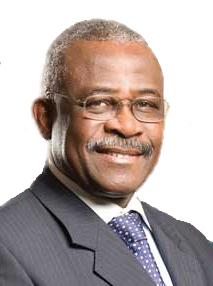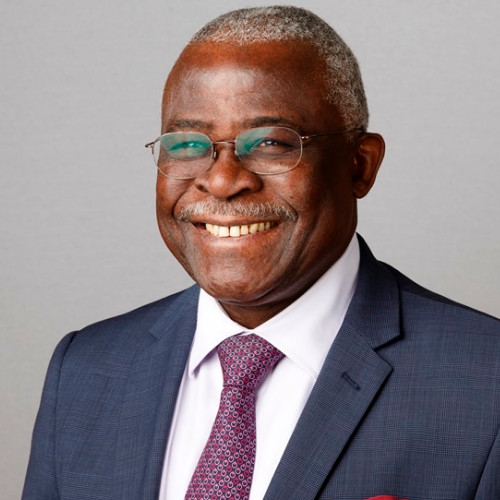We are standing at a point of fateful decision.
This year, the governments of the world are coming together to frame a set of new Sustainable Development Goals (SDGs) that could chart the way toward the elimination of hunger and poverty. In addition, the Third International Conference on Financing for Development (FfD) this month will help us come to grips with how we will pay for the elimination of this double scourge.
World leaders will gather in Ethiopia to deal with the critical issue of putting in place the resources necessary to make the vision of a sustainable future a reality. Without a consensus over the financing and resourcing of the implementation measures needed, goals remain simply wishes.
But between the funding on one side and the goals on the other, lie billions of people who live in rural areas who are trying to feed themselves. A family that struggles every day to put food on the table. A mother who wants to send her children to school. A son looking for shelter for his family after devastating storms.
At the International Fund for Agricultural Development (IFAD), we believe that sustainable development and food security starts with these people. IFAD’s goal is to invest in rural people so they can increase their productivity and income, strengthen their resilience, and increase food and nutrition security, for themselves and their communities.
Remembering the rural communities
We know that neglect of remote rural areas is the root cause of much of the world’s poverty and hunger. As we consider the challenges of the future, including how to establish stable food supplies, reduce risk and build resilience, we must be careful not to overlook rural areas and the people who live there.
We all know there are challenging tasks ahead. By 2050, there will be more than 9.6 billion people living together in a world of finite resources. Even today, these resources are under pressure from climate change, urbanization and a growing population. Given the scale, a logical conclusion would seem to be that a large-scale problem requires a large-scale solution, and thus that to achieve food security demands large and heavily mechanized farms.
And yet, it is not so. In fact there is no reason why small and medium-sized farms cannot contribute to a stable food supply in the developed and developing world alike. And there are many reasons why they should. Small farmers in the developing world are responsible for about four-fifths of food production. Investment in agriculture has been estimated to be at least three times more effective in reducing poverty than investment in other sectors. Indeed, agriculture is the world’s largest employer. About 40 per cent of the global population works in agriculture and in developing countries, this figure is often much higher. Investments in agriculture spread outward and create further opportunities, stimulating the rural economy and strengthening communities.
Nurturing investments over time
We can also learn from the people we are trying to support. There are no easy profits in farming. Plants and livestock are living things, and they require nurturing. So do families and communities. Planting a seed is an act of faith and hope in the future. The farmer who calculates when to plant, what and how much, to provide for herself or himself and the family, is a forward thinker, someone that others must depend on.
We will need more of that kind of thinking as we go forward in trying to build a better and more sustainable world, free of hunger and poverty. It will require not only investment on a massive scale, but that we plan for and tend to those investments both with patience and with care.



